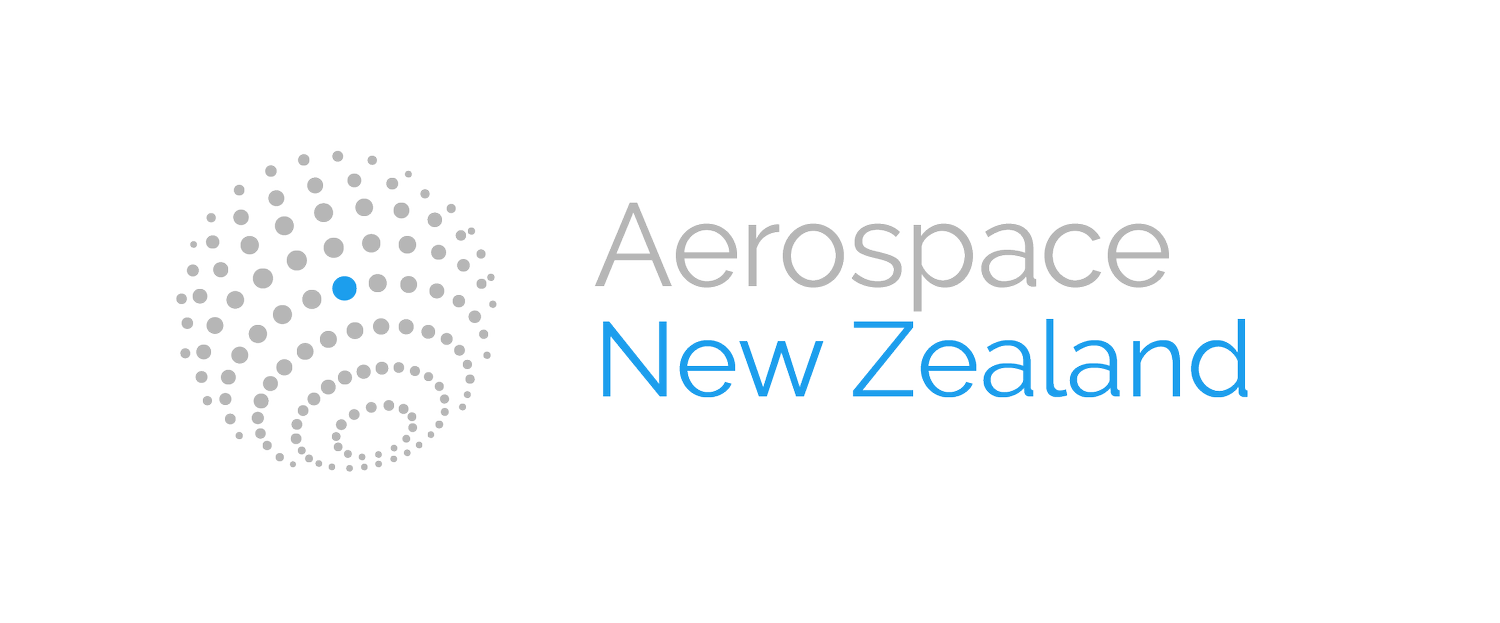Farewell To NASA’s SOFIA
NASA’s Stratospheric Observatory for Infrared Astronomy (SOFIA) is being farewelled after ten years of science in the skies with its final visit to Christchurch
This was SOFIA’s seventh visit to Christchurch, and 15 take-off’s were completed around our Southern skies before heading back to its home base California, with the SOFIA programme ending on September 30.
The modified Boeing 747 aircraft is a joint project between NASA and the German Aerospace Centre (DLR) and is fitted out with a special door built to open mid-flight for use of observational instruments, including a 2.7 metre reflecting telescope.
Flying above 99 percent of the water vapour in Earth’s atmosphere at 38,000 – 45,000 feet, SOFIA is able to collect infrared radiation, which is absorbed by water vapour and doesn’t reach ground-based observatories. SOFIA flies 10-hour overnight missions, and studies a range of objects and phenomena, including cosmic rays, stellar feedback, and cosmic magnetic fields using two instruments – a High-resolution Airborne Wideband Camera Plus (HAWC+), and a German Receiver for Astronomy at Terahertz Frequencies (GREAT).
Image Credit: Instagram. @sg_planespottingchc Sophie and Graham
‘Prior to moving to Christchurch, I worked for SOFIA as a Science Flight Planner, Mission Director and Mission Operations Manager overseeing the science ground support team,’ says Karina Leppik, who worked on SOFIA while it was in Christchurch this year.
‘While SOFIA is in Christchurch this year, I am helping with various aspects of the mission including flying as an assistant to the Mission Director and assisting with the science ground support, and I’m excited to help the SOFIA team take data that will finish off some groundbreaking science projects.” Just one of the many groundbreaking science projects include HAWC+.’
Using HAWC+, SOFIA’s investigations have started by mapping the magnetic fields of the central regions of our galaxy, the Milky Way. Able to detect cosmic magnetic fields on many scales, including star formation scales, SOFIA will be looking at magnetic fields in filaments of material in our galaxy. Filaments are thread-like structures full of cold gas and dust, and a team of scientists will be researching what role magnetic fields play in star formation in filaments (NASA.gov – SOFIA in NZ).
Image Credit: Instagram. @sg_planespottingchc Sophie and Graham
Cosmic rays produced by our sun have been measured and understood by researchers, but those originating outside our solar system are less well understood. Using hydride molecules, scientists are investigating the abundance of cosmic rays in environments outside of our solar system (NASA.gov – SOFIA in NZ).
However due to unprecedented damage to SOFIA, caused by winds shifting a boarding staircase along the aircraft, the team were unable to complete the expected study using GREAT (German Receiver for Astronomy at Terahertz Frequencies) on Helium Hydride, while in New Zealand.
Image Credit: Instagram. @sg_planespottingchc Sophie and Graham
As a part of SOFIA’s final stay in Christchurch, we were able to gain some unique insight with the Deputy Director of SOFIA Science Mission Operations, Bernhard Schulz.
‘SOFIA made New Zealand its temporary home for a last time to take advantage of the unique visibility conditions of the southern skies, as well as the particular low water vapour content of the atmosphere in the southern winter.’
The water vapour in the air varies depending on the time of year. For example, a pattern observed by NASA’s Earth Observatory shows that water vapour amounts over land areas decrease more in winter months than summer months (NASA.gov – Water Vapour).
In addition to the unconventional operating conditions required, SOFIA can switch between 5 unique instruments that are attached to its perhaps last, large, airplane telescope to observe the far-infrared portion (30µm-300µm) of the spectrum. SOFIA’s unique ability to detect polarised dust with a high degree of accuracy, alongside molecular and atomic spectral lines, makes it a scientific tool like no other.
Image Credit: Instagram. @sg_planespottingchc Sophie and Graham
“SOFIA is also complementary to the newly launched James Webb Space Telescope (JWST), which covers the near and mid-infrared up to 28µm,” Bernhard says.
“Even though JWST is a bigger telescope in space and thus far more sensitive, SOFIA still provides additional capabilities in that wavelength range, not available to JWST, like high resolution spectroscopy and bright source imaging.”
There have been many important discoveries made by SOFIA, Bernhard says, but the one most noted in the scientific world was the first observation of Helium Hydride. This was first observed by SOFIA on a mission in Palmdale, USA.
“Helium hydride is deemed to be the first molecule that formed after the Big Bang. SOFIA also detected a number of other species in the interstellar medium for the first time, but also atomic oxygen in the upper atmosphere (mesosphere and thermosphere) of our own planet, which has important implications for climate models.”
If you’re interested in the other scientific discoveries made by SOFIA, have a look at the brochure on the SOFIA website.
Further Reading:
Christchurch Airport Video Tour of SOFIA – here
NASA SOFIA Image Gallery – here
Image Credit: Instagram. @sg_planespottingchc Sophie and Graham






